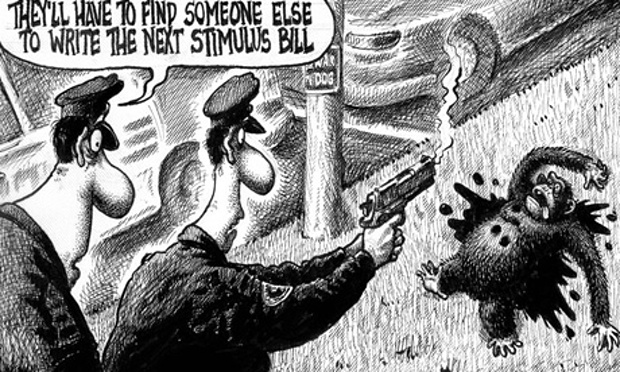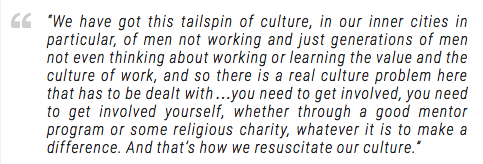In chapter three of The Souls of Black Folk, Du Bois critiques Booker T. Washington’s belief that, in order to survive, black people must be submissive and silent. Du Bois notes the position of Booker T. Washington when he states, “…it has been claimed that the Negro can survive only through submission. Mr. Washington distinctly asks that black people give up, at least for the present, three things,–first, political power, second, insistence on civil rights, third, higher education of Negro youth” (Du Bois 30). Political power, civil rights, and higher education are, arguably, some of the most important factors in not only surviving, but also in the eventual attainment of equality. On the most basic level, Washington’s belief that black people should take a submissive stance when it comes to their integration into society would, as Du Bois notes, lead to “[t]he disfranchisement of the Negro…[and] a distinct status of civil inferiority” (Du Bois 31).
While Du Bois continually critiques Washington’s ideas, plans, and actions, he makes a pointed statement regarding the importance of rights for the black population. After discussing how degradation is a result, rather than a cause of lower social levels of black people, Du Bois argues:
They do not expect that the free right to vote, to enjoy civic rights, and to be educated, will come in a moment; they do not expect to see the bias and prejudices of years disappear at the blast of a trumpet; but they are absolutely certain that the way for a people to gain their reasonable rights is not by voluntarily throwing them away and insisting that they do not want them; that the way for a people to gain respect is not by continually belittling and ridiculing themselves; that, on the contrary, Negroes must insist continually, in season and out of season, that voting is necessary to modern manhood, that color discrimination is barbarism, and that black boys need education as well as white boys. (Du Bois 33)
In sum, Du Bois believes one cannot obtain rights by removing the rights that they already have and claiming they do not want their rights. Rather, black people must continually press society for their rights, such as the vote and equal education.
My question concerns the relationship between Du Bois’ historical account and critique of the problems with Washington’s stance on how black people should gain rights in society and his overall theoretical/philosophical framework that governs his text. Du Bois’ text is governed by the ideas of double-consciousness, the veil, and two-ness. Does Du Bois’ critique of Washington’s desire for submission and assimilation relate to the ideas of double-consciousness and the veil in that submission would require one to not merge their two-ness, but rather deny their blackness in order to become an American? If one were to follow the advice of Washington, would that be, according to Du Bois, an illegal short cut which only places a band-aid on the problem of two-ness for the black person, rather than solving the real issues at hand? If one’s life is shaped by the “white gaze”, would this submission and assimilation result in any form of equality, or would it rather solidify how white people view black people, as, without rights, there seems to be no way in which black people can define themselves independently of the white society in which they submitted and assimilated into? Would submission and assimilation remove the possibility for black people to become, simultaneously, “both a Negro and an American” (Du Bois 3)?
References:
Du Bois, W.E.B.. The Souls of Black Folk. New York: Dover Publications, Inc., 1994. Print.

